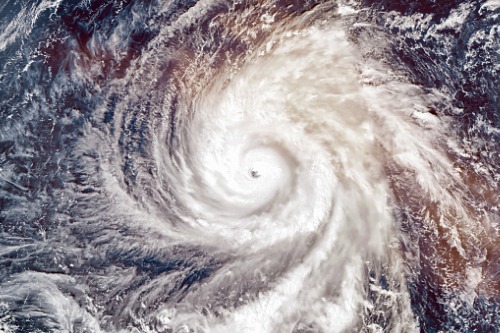

Global risk modelling and analytics firm RMS has estimated insured losses from Typhoon Faxai totalling between ¥500billion and ¥950 billion (US$5 billion and US$9 million).
According to a statement from RMS, the estimate includes property damage and business interruption caused by typhoon wind and coastal flooding to residential, commercial, industrial, marine, and automobile line, as well as both the private and mutual/kyosai markets.
Furthermore, several additional factors for post-event loss amplification specific to this event, and for non-modelled losses, were also included in this estimate. These include: an increase in materials and labour costs due to the forthcoming Summer Olympics, contents and business interruption from extended power outages, and automobile loss.
The estimate was based on analysis of the RMS reconstructed wind field and coastal flood footprint, through the Japan Typhoon HD model. Also, the industry loss estimates included data and insights from analysis of aerial imagery and field reconnaissance by modellers from the RMS Tokyo office, the firm added.
“The equivalent of a category 2 on the Saffir-Simpson Hurricane Wind Scale (SSHWS) at landfall, Typhoon Faxai was one of the strongest landfalling typhoons on record in the Kanto region, and the strongest land-falling typhoon in this region to impact the Greater Tokyo area since Typhoon Ma-on in 2004,” said Margaret Joseph, senior manager at RMS. “Faxai underwent an eyewall replacement cycle immediately prior to landfall, which weakened wind speeds; however, a wider area experienced the system’s strongest winds as a result of a broadening of the wind field.”
